Colorado has always been a dream hunting destination for big game hunters because of its huge terrain and healthy historical mule deer population. Yet, figuring out a strategy of how to hunt for the deer, in the light of fluctuating deer population, diverse regulations, and stiff competition for the coveted tags can be quite a challenge.
This guide prepares you for mule deer hunting success in Colorada: seasons, locations, costs, regulations, DIY vs. self-guided hunts, and equipment & planning for DIY hunters.
Mule Deer In Colorado
Mule deer is one of the popular species of deer present in Colorado, ranging from the east plain country to the west mountains. These are versatile creatures that thrive in areas from the grasslands right up to the suburban neighborhoods to the mountainous regions and even the alpine tundra.
Their preferred land use zone is the shrubland with excellent resources on the sage bush, mountain mahogany, and bitter bash for both food and shelter.
Here is a brief information about mule deer in Colorado:
1. Identification
Mule deer are deer that have large ears because of which they are also called mules. Bucks are the male mule deer and they have branched antlers and they usually drop these off each year. Females do not have horns most of the time, but occasionally they have small antlers.
2. Habitat
Mule deer are incredibly adaptable ungulates, at home in a wide variety of habitats across Colorado. They can be found in shrublands dominated by sagebrush, bitterbrush, and mountain mahogany, which provide both food and cover. Grasslands, especially those with scattered shrubs or trees, also provide important seasonal habitat for mule deer.
In the foothills and mountains, mule deer frequent ponderosa pine forests, especially during the winter months when they provide shelter from deep snow. They may also be found in high-altitude meadows and alpine tundra in the summer months, where they can find lush forage.
3. Population
Mule deer have been known to sometimes come in large numbers but at other times the population reduces drastically. Colorado was once among the states reporting some of the largest numbers in the US though.
Such numbers have reduced in the last few decades. The current populations show that there are about 408,000 mule deer in the state and this figure does not support the range of 525, 000-575, 000.
4. Distribution
Mule deer inhabit most of Colorado beginning in the east’s sagebrush sea country and stretching to the west’s mountainous country within the timberline and alpine tundra biome.
They are most frequently observed in the foothills and mesas of the Front Range and the Rocky Mountains.
Mule deer can also be located in some rather unusual habitats, for instance, around human settlements – suburban areas that offer plenty of greenery and landscaping.
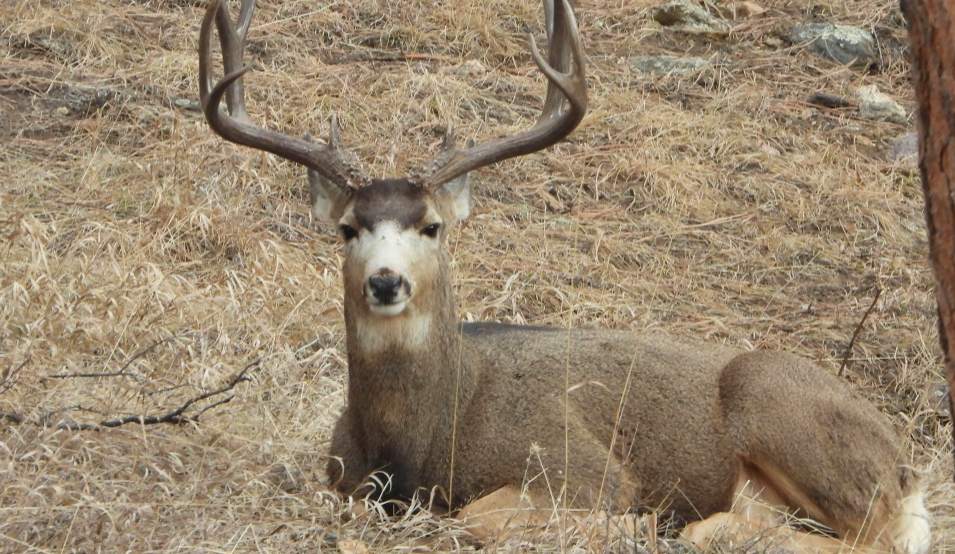
Colorado Mule Deer Hunting Season
Season Dates
Archery and muzzleloader seasons typically run in early September. Rifle seasons are spread out across October to November, with opportunities that are divided into 4 periods.
| Mule Deer Archery | September 2 – September 30, 2024 |
| Mule Deer Muzzleloader | September 14 – September 22 |
| Mule Deer – Early Rifle Season | October 1 – October 9 |
| Mule Deer – 2nd Rifle Season | October 26 – November 3 |
| Mule Deer – 3rd Rifle Season | November 9 – November 15 |
| Mule Deer – 4th Rifle Season | November 20 – November 24 |
Where to Hunt Mule Deer
Mule deer are throughout Colorado and success depends on obtaining the proper licenses/tags through a raffle system. These tags are assigned to definite Game Management Units (GMUs), the territories of the state. It is important to find specific GMUs that are of most interest to you.
Colorado Parks and Wildlife (CPW) offers the relevant data on each GMU regarding mule deer, hunting outcomes depending on the methods, and the general description of the area.
This will assist you in making the right choices concerning the GMU that suits your experience, your physical fitness, and the kind of hunt you prefer.
Some GMUs are noted to have more mule deer numbers but draw may entail preference points because of the high demand. Other GMUs may have more availability for over-the-counter tags and may be less populated with deer or have more difficult hunting situations.
Popular Hunting Units(GMUs)
Popularity varies depending on hunter preference and difficulty in drawing tags. Some well-known areas include:
- Western Colorado: Units around Grand Mesa, White River National Forest, and Gunnison Valley
- Northern Colorado: Routt National Forest and surrounding areas
Colorado Hunting License Costs
Hunting license costs in Colorado vary depending on residency, type of license (deer, elk, etc.), and desired tag (either sex or antlered only). Expect fees to range from dozens of dollars to over a few hundred. Here is a breakdown:
| Resident | $ 47.91 |
| Resident youth | $ 18.45 |
| Nonresident adult/fishing combo | $ 481.52 |
| Nonresident youth/fishing combo | $ 122.91 |
To hunt big games in Colorado, hunters will need to enroll in the drawing to be selected for the licenses. Now, let’s continue to see how to apply to get a license in the next part.
Colorado Hunting Drawing
The application for the primary draw has ended and the secondary draw application will be started on June 20, 2024. Remember to apply for it if you want to hunt mule deer.
- Application Period: The time for the application for the big game draw is normally early April. The application for the primary draw has ended and the secondary draw application will be started on June 20, 2024. Remember to apply for it if you want to hunt mule deer.
- Applying for the Draw: Applicants may also submit the applications through the online services of CPW or send them by post. There are prospective charges for applying for the draw.
- Preference Points: Yes, the state of Colorado employs the preference point system for the management of its deer population. When one is unable to draw a tag in a specific year, one earns a preference point in the specific hunt code. That is why, the more points a hunter has, the better the chances to receive a certain tag the next time, particularly if the certain unit is rather popular among the buyers.
- Drawing Process: The draw is a lottery and while it is good to participate in a draw, preference points will enhance your chances of getting the much-needed licenses in the areas that are most sought after.
- License Availability: Post draw, if there are any leftovers for the less demanded units, then these licenses will be available over the counter. But, similar to many opportunities, they are limited for the mule deer.
Check the process and apply here online: Apply For The Draw
Colorado Mule Deer Hunting Regulations
Here’s a breakdown of key regulations and the draw system for mule deer hunting in Colorado, based on information from Colorado Parks and Wildlife (CPW):
General Regulations
- Licensing: All mule deer tags in Colorado are allocated through the annual big game draw. There are no over-the-counter tags for mule deer.
- Hunter Education: All hunters born after January 1, 1949, must have a valid hunter education certificate to apply for a draw license.
- Caliber Requirements: Minimum caliber requirements apply:
- Centerfire rifles: .40 caliber minimum
- Muzzleloaders: .40 caliber minimum
- Bows: Minimum 35 lbs. draw weight, broadheads with a minimum 7/8″ diameter outside diameter.
- Bag Limits: Bag limits vary depending on the specific GMU and season you are hunting. Always refer to the CPW regulations for the current year.
- Antler Point Restrictions: Some GMUs may have antler point restrictions for mule deer bucks. This means you can only harvest a buck with a minimum number of points on its antlers.
- Either-Sex vs. Antlered-Only Tags: Licenses are available for either-sex mule deer or antlered mule deer only. Choose the option that aligns with your hunting goals.
- CPW Hunting Regulations: Always consult the most recent edition of the CPW Big Game Brochure or online regulations for the most up-to-date information on specific regulations, including any changes due to herd health or winter conditions.
DIY Hunting vs Guided Hunting
There are two main ways to tackle a mule deer hunt in Colorado: DIY (Do-It-Yourself) or going with a guided outfitter service. Each approach has its own set of advantages and disadvantages
DIY Hunting
Pros:
- Cost-Effective: DIY hunts are generally much cheaper as compared to guided hunts. You are only left to cater for license, tag, equipment, and any other miscellaneous expenses that one may incur.
- Freedom and Flexibility: You chart the entire hunt yourself for this means that you get to organize the hunt in a way that you prefer and hunt as you please.
- Sense of Accomplishment: There is no better feeling than when you track the animal with your effort and you finally get it.
- Learning Experience: Going scouting, navigating, and hunting on your own is also a good way to gain experience and gather valuable information.
Cons:
- Time Commitment: This includes time spent in scouting, planning for the best logistics as well as researching for the selected GMU.
- Success Rate: First-timers are likely to be less successful when hunting abroad without prior experience and knowledge of the country.
- Physical Requirements: DIY hunts entail walking, probably with trekking gear, climbing, and finding your way in the wild, and distances may cover a few kilometers, or even a few hundred.
- Gear Investment: You will have to either purchase or already possess all the hunting equipment, camping equipment, and possibly the necessary equipment for the ground type.
Guided Hunting
Pros:
- Increased Success Rates: Professional shooters understand the terrain, the habits of the different animals, and how the hunt shall unfold to a hunter’s advantage.
- Access to Prime Hunting Areas: Some of the outfitters may hunt on their ground or exclusive hunting grounds or concessions.
- Logistics and Support: Their services include; scouting, accommodation, meals, transportation within the hunting area, and at times, field dressing and packing of the game.
- Safety and Confidence: Especially in unknown territories, guides contain important information concerning responsible stalking and orientation in the wild.
Cons:
- Cost: Professional guided hunting costs much more as compared to Do-It-Yourself hunting.
- Less Control: It is a little more rigid and predetermined but you get to follow the guide’s word and plan.
- Limited Availability: Some of the popular outfitters fully occupy their schedules in the early stretch, meaning that one has to plan and possibly apply for hunts for months or even years in advance.
Should You Hire an Outfitter?
The decision depends on your priorities and experience level.
- Choose DIY if: You’re comfortable with backcountry navigation, enjoy the challenge of planning, are on a tight budget, and prioritize the personal satisfaction of a self-made success.
- Consider a guided hunt if: You prioritize success rates, are unfamiliar with the area, have limited time for scouting and planning, appreciate quality accommodations and support in the field, or desire access to exclusive hunting opportunities.
How To Prepare for a DIY Mule Deer Hunt?
Here’s a roadmap to get you ready for your DIY mule deer hunt:
Preparation
1. Research
The first prerequisite is to obtain broad background information about the GMU of your interest with which you plan to hunt. At the very least potential hunters need to obtain information on state laws, geographical features of the state, previous number of deer, and which routes are legal to use. As the source of information, Kari and other forums/blogs/talks by hunters will be utilized.
2. Scouting
This was a very crucial element for the growth of the DIY proposition. Ideally, this should be done before the season, but if not then start doing this to get an understanding of where animals feed, move, and rest during the day. About deer, trail cameras can be good devices to obtain information on the activity of the animals.
3. Physical Training
Mule deer hunting may involve rock climbing and steep slopes as well and it may be necessary to walk longer distances. To ensure that your body is fit for hiking or backpacking with load and the physical exertion that comes with shooting practice, make sure to practice in the anticipated conditions.
4. Hunting Gear
For equipment, one should get functional and high-quality clothing and hunting boots according to the climate and weather conditions, binoculars, an optical spotting scope, a good rifle or bow in case of hunting, and other essential camping equipment.
Essential Equipment
- Hunting License & Tags: Apply through the CPW draw system well in advance.
- Rifle/Bow & Ammunition: Ensure your weapon is sighted in for the expected hunting range.
- Optics: Binoculars and a spotting scope for long-distance observation.
- Clothing: Durable, weather-appropriate clothing for various conditions (camouflage, rain gear, insulation).
- Footwear: Sturdy, waterproof hiking boots with good ankle support.
- Backpack: A comfortable pack size for carrying all your necessary gear for the duration of your hunt.
- Camping Gear: Tent, sleeping bag, sleeping pad, mess kit, cooking stove, and other essentials for backcountry camping.
- Navigation Tools: Map, compass, and GPS device with preloaded maps of your hunting area.
- First-aid Kit: Be prepared for potential injuries with a well-stocked first-aid kit.
- Game Care Kit: Sharpened knives for field dressing and game bags for transporting your harvest.
Successful Mule Hunting Tips
- Study Wind Patterns: Understanding prevailing winds is critical. Mule deer rely heavily on their sense of smell, so you’ll want to approach them downwind to avoid spooking them.
- Be Patient and Observant: Hunting is often a waiting game. Be patient in your glassing and stalking, remaining still and observant to maximize your chances of spotting deer.
- Practice Ethical Hunting: Always prioritize ethical hunting practices. Know your target and only take shots within your effective range for a clean kill.
- Respect the Land and Wildlife: Leave No Trace principles are essential. Pack out all your trash and minimize your impact on the environment.
Conclusion
Colorado mule deer hunting is quite an adventurous activity but comes with certain expectations to be met. If going solo or enlisting help from a guide, comprehend regulations, study GMUs, and acquire tags via the draw method.
To DIY hunters, fitness, exploration, and the right equipment matter significantly. In the quest for your dream, Buck always ensures safety, ethical behavior, and respect for the land.


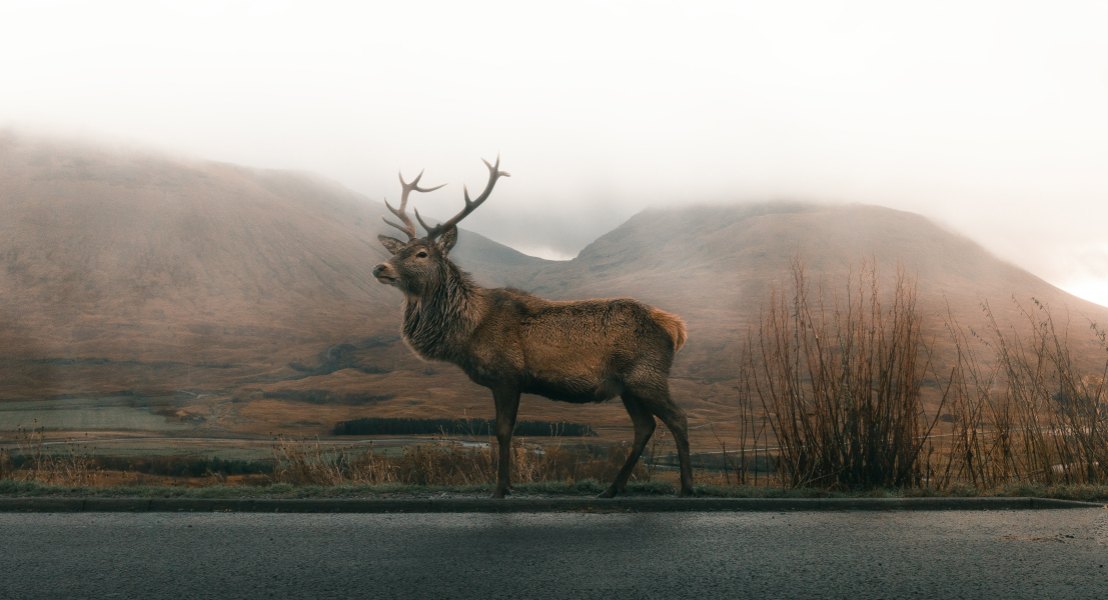




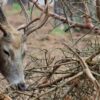
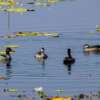
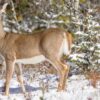
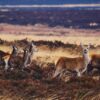
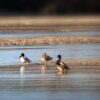


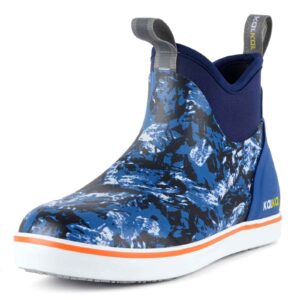

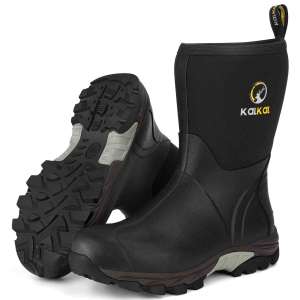


Leave a reply